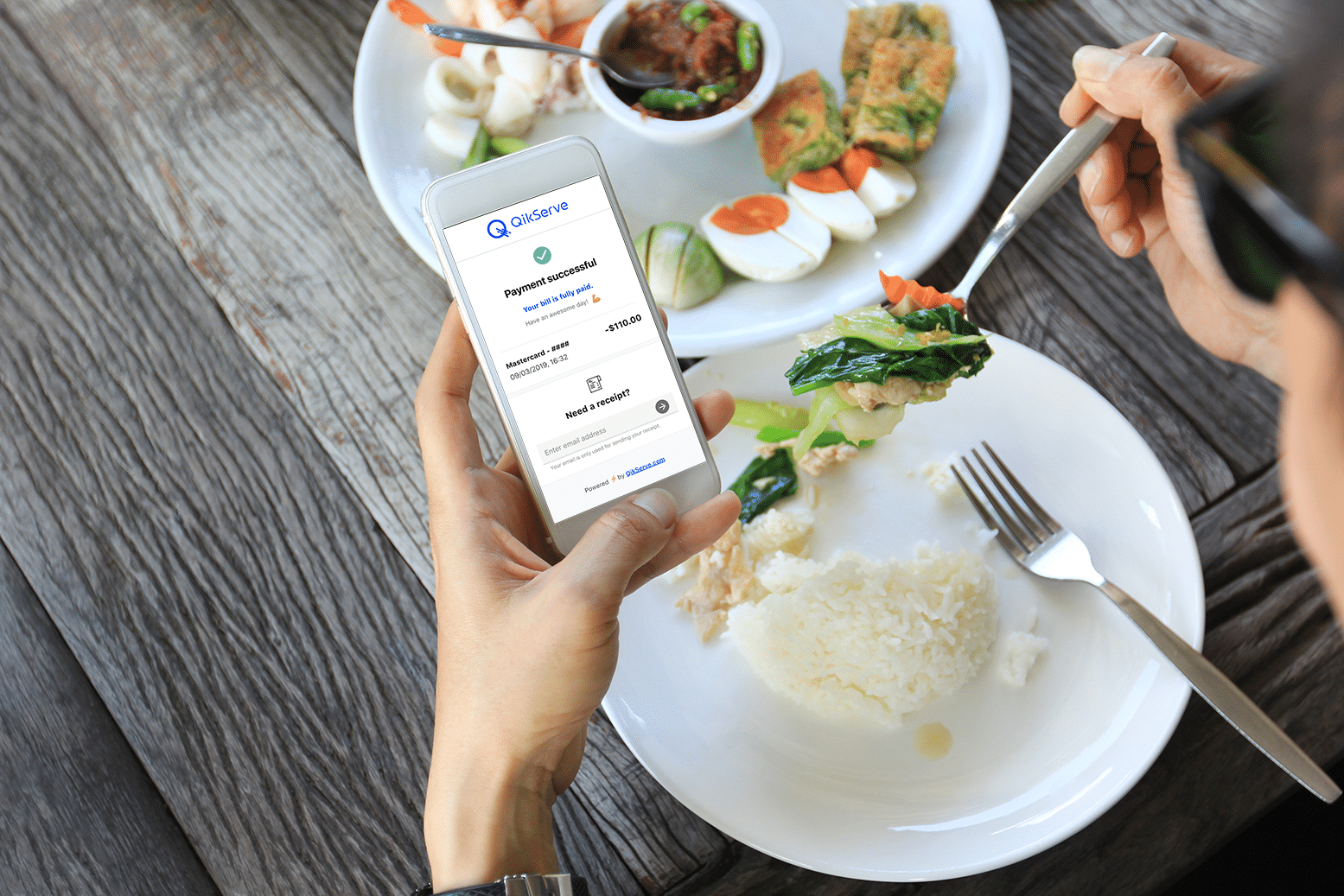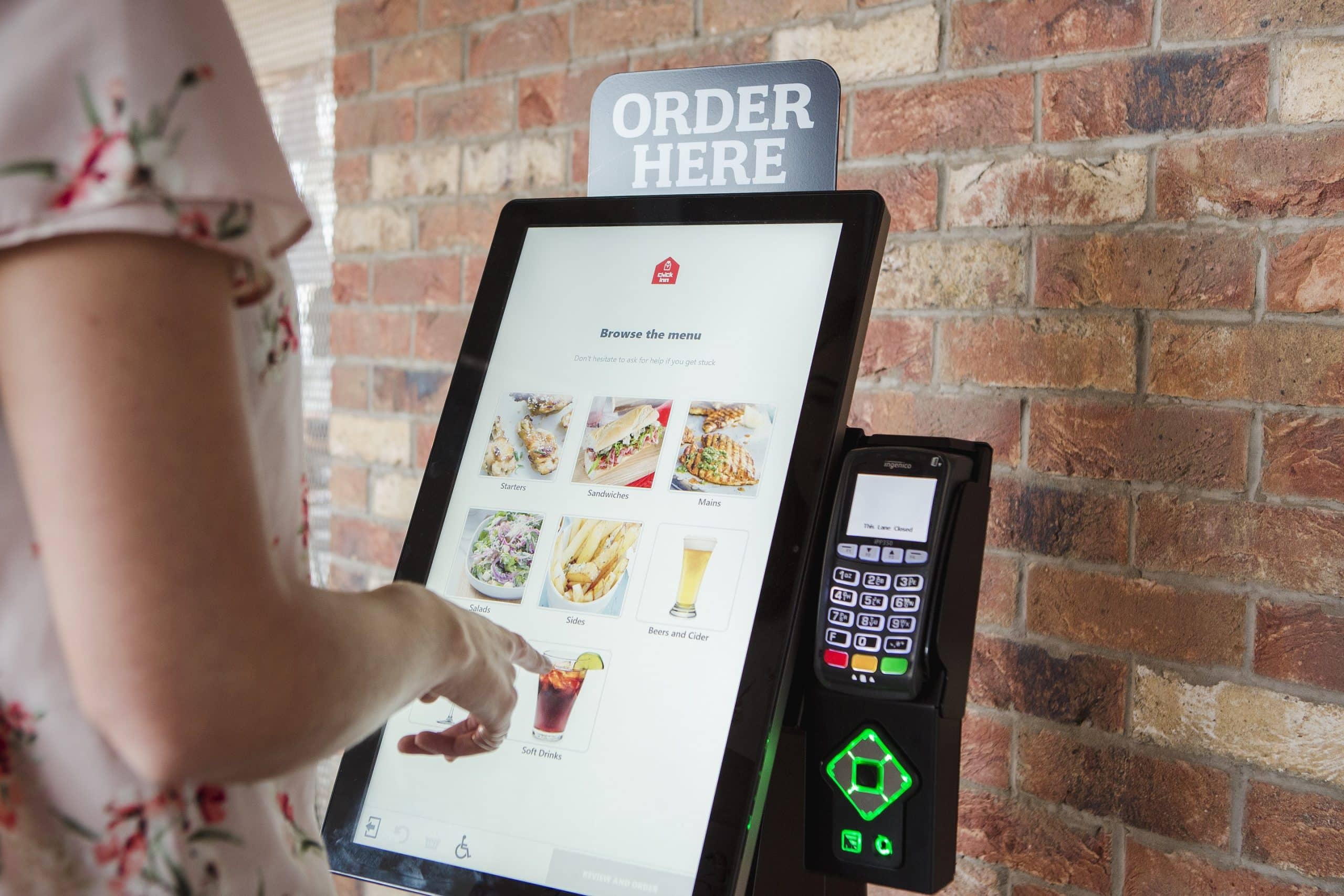5 Reasons Why an Increase in Digital Payments is Beneficial for Hospitality Operators - QikServe
From contactless payments to wearable technology, customer expectations are changing when it comes to payment methods. More and more people prefer the speed and convenience of digital transactions over cash or checks. According to Restaurant Business, in 2023, cash payments had fallen to 16%. These trends have not gone unnoticed by big-name hospitality brands such as Shake Shack, Amazon, Sweetgreen, Panera, and Starbucks—all of which have opted to reduce or eliminate cash transactions in some or all of their stores in response. And for good reason. Here are five reasons why an increase in digital payments is beneficial for hospitality operators.
1. Reduction in Cash Handling and Enhanced Operational Efficiency
Limiting cash transactions reduces time spent on cash handling and decreases the number of journeys to and from the bank. Furthermore, by automating the reconciliation process, operators can reduce the risk of human error and improve speed and efficiency. Digital payments integrate seamlessly with point-of-sale systems, streamlining operations. According to the Worldpay Global Payments Report 2023, digital wallets and contactless payments have seen a significant rise, highlighting the shift towards cashless transactions in the hospitality sector.
2. A Safer, Cleaner Environment with Contactless Payments
Having large amounts of physical money on-site puts both customers and staff at risk. Cash has also been handled by countless individuals, posing a health risk, especially in close proximity to food. The adoption of contactless payments and mobile wallets not only enhances security but also addresses hygiene concerns—an important consideration in a post-pandemic world.
The Hospitality Technology’s 2023 Restaurant Technology Study indicates that 78% of consumers prefer establishments that offer contactless payment options, underscoring the importance of providing safe and hygienic payment methods.
3. Integration into Guest-Facing Self-Service Technology
Compared to cash, digital payments offer easier integration into customer self-service technology such as kiosks, mobile apps, web platforms, and pay-at-table tablets. Although sometimes costly to implement, these technologies tend to have a return on investment of twelve months or less and are proven to increase average ticket value by 20% through upselling and cross-selling opportunities.
Panera Bread has found great success with its guest-facing self-service strategy. Customers who order and pay for food and drink via the chain’s kiosk, mobile, and web apps are visiting the store 45% more after just twelve months. For those who prefer to pay at the kiosk, there’s a 12% increase over the same period. As of 2023, 80% of Panera’s payments are now made digitally, with a significant portion coming from mobile wallets like Apple Pay and Google Pay².
4. Enhanced Customer Journey and Personalization
Cash is anonymous and untraceable, providing no opportunities to personalize the customer journey. Digital payments lend themselves to self-service technology that can offer bespoke customer experiences informed by past buying behavior. Intuitive user interface and user experience designs make ordering and paying for food quick, simple, and enjoyable—without the hassle of waiting in line. Customers can earn loyalty points and redeem vouchers without having to remember a physical card, and have the flexibility of spending their points across a variety of touchpoints both on and off-premise. Real-time data analytics enable operators to tailor promotions and enhance customer engagement.
5. Access to Big Data and Improved Decision-Making
Digital payments, particularly those made through mobile platforms, provide hospitality operators with a wealth of data that can be used to monitor customer buying behavior, spot trends, inform product development, improve marketing activities, personalize loyalty schemes, and much more. The list is endless when it comes to big data. Knowledge is power; and the more you know about your customer, the more you can cater to their needs.
The integration of blockchain technology and advanced cybersecurity measures also ensures that customer data is protected, building trust and compliance with data protection regulations.
As highlighted in McKinsey & Company’s “The Future of Payments 2023, businesses leveraging big data from digital payments are better positioned to make informed decisions, improve customer satisfaction, and drive growth.
Conclusion
While there are many benefits to digital wallets, there are geographical and guest demographic factors that operators should keep in mind, before eliminating cash completely. For example, a restaurant brand may operate in a region where cash makes up the bulk of transactions. Operators need to understand their cash mix and enable technology to transact in cash where required. QikServe is ready to guide you through this digital transformation, empowering you to harness the full potential of technology. Get in touch with our team of experts and discover how QikServe can revolutionize your payment strategy to meet the demands of today’s digital-first consumers.



